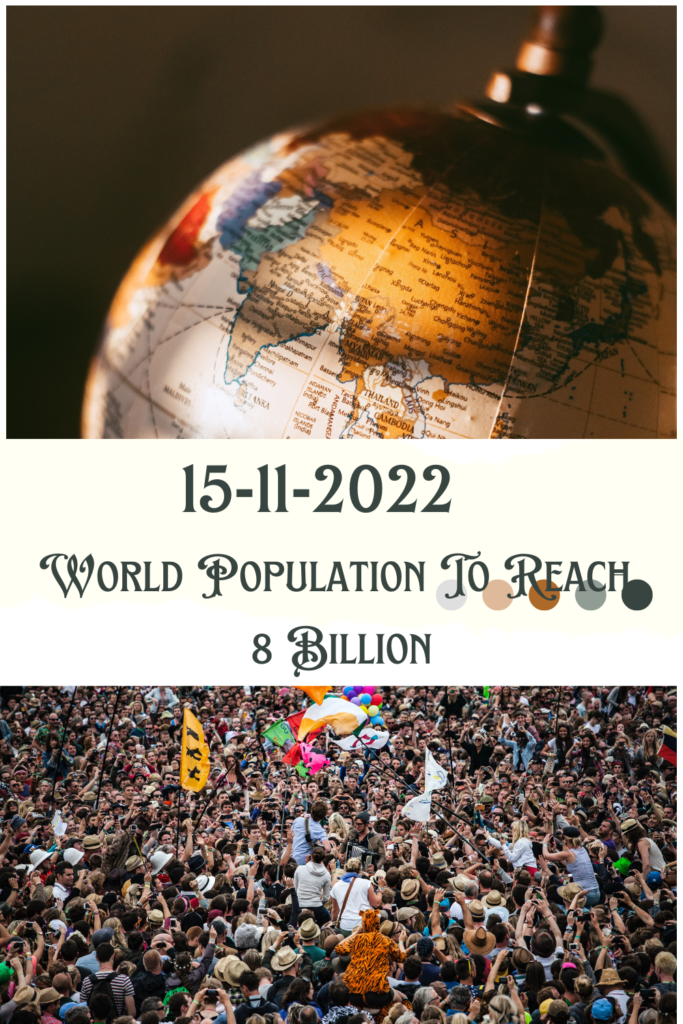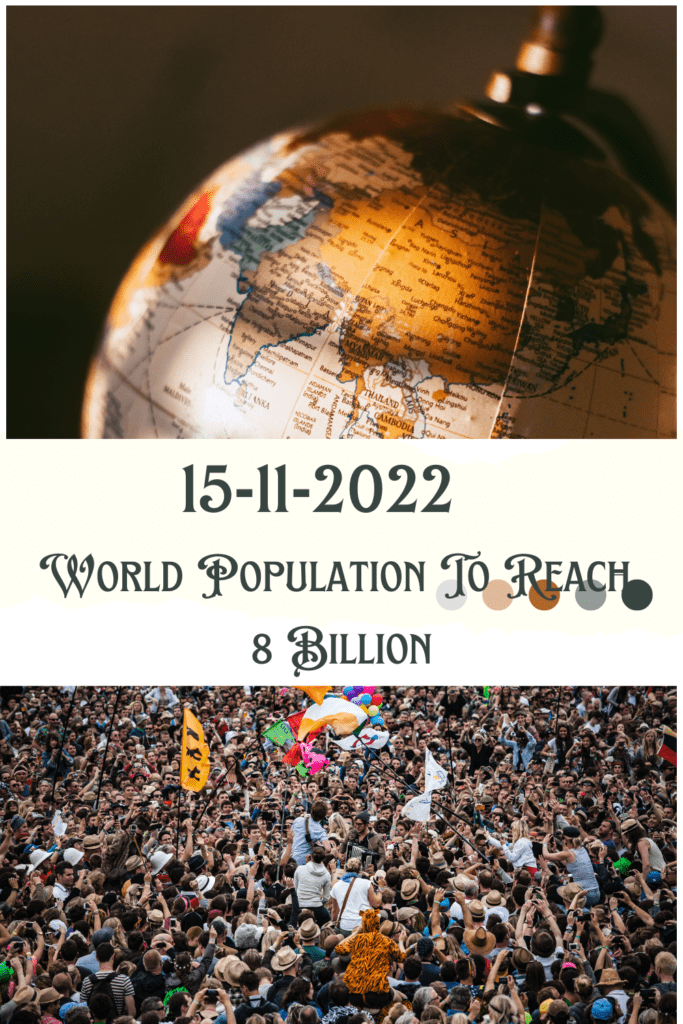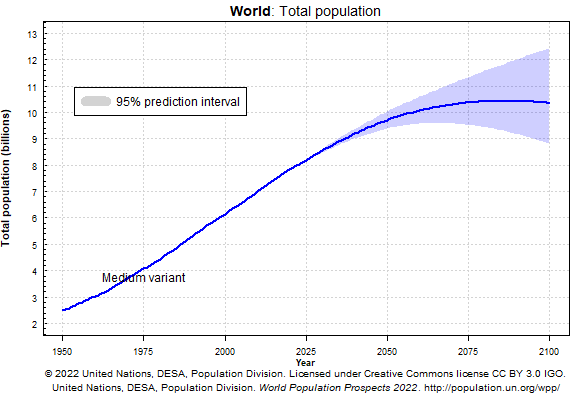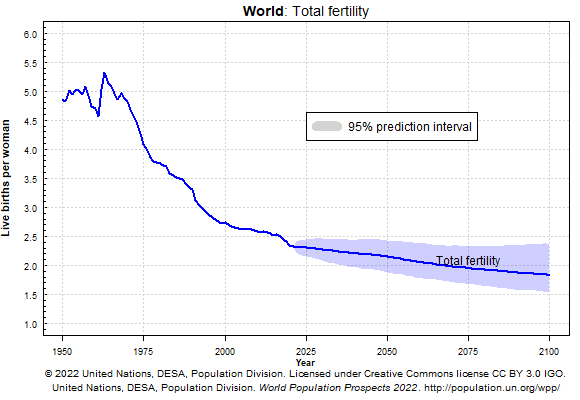
World Population to reach 8 Billion
Did you know that the world population will reach 8 billion on November 15th, 2022?
United Nations, Department of Economic and Social Affairs, Population Division (2022) has published the World Population Prospects 2022. Some interesting facts from the Prospects are presented and discussed in this blog.

World Population to Reach 8 Billion on November 15th, 2022 & India to Become the Most Populous Country, Overtaking China by 2050
India will surpass China as the world’s most populous country in 2023, with a population of more than 1.4 billion. The country is expected to have 1.66 billion people by 2050, far more than China’s 1.31 billion.
Watch BBC confirming this fact
World Population Growth in the Coming Years
The world population is to reach 8 billion on November 15th, 2022. According to the United Nations’ most recent estimates, the world’s population may reach 8.5 billion people in 2030 and 9.7 billion by 2050. The population is predicted to peak at 10.4 billion people in the 2080s and stay there until 2100.
The world’s population fell by 1% in 2020 due to the COVID pandemic.
The populations of 61 countries or regions are expected to decline by 1% or more between 2022 and 2050. This results from persistently low fertility rates and, in some circumstances, high emigration rates.
Up to 2050, eight nations—the Democratic Republic of the Congo, Egypt, Ethiopia, India, Nigeria, Pakistan, Philippines, and the United Republic of Tanzania—will account for more than half of the anticipated growth in the world population.

World Population by Age Group
The following graph shows the World population segmented into age groups. It also shows the prediction up to 2100

Global Life Expectancy
In 1990, the average life expectancy at birth was 64 years.
In 2019, the average life expectancy at birth increased to 72.8 years.
Global life expectancy at birth fell to 71.0 years in 2021 due to COVID
In 2050. it is predicted to reach 77.2 Years
The least developed nations’ average life expectancy was 7 years lower than the worldwide average.

World population over 60
According to a previous report by the World Health Organization (WHO)
“The number and proportion of people aged 60 years and older in the population are increasing.
In 2019, the number of people aged 60 years and older was 1 billion. This number will increase to 1.4 billion by 2030 and 2.1 billion by 2050.
This increase is occurring at an unprecedented pace and will accelerate in the coming decades, particularly in developing countries”
UN World Population Prospects view on over 65
The UN report takes note of the growing 65+ population and suggests measures for countries to consider. Quote from UN Report
“The share of the global population at ages 65 and above is projected to rise from 10 percent in 2022 to 16 percent in 2050.
At that point, it is expected that the number of persons aged 65 years or over worldwide will be more than twice the number of children under age 5 and about the same as the number under age 12.
Countries with aging populations should take steps to adapt public programs to the growing numbers of older persons, including by establishing universal health care and long-term care systems and by improving the sustainability of social security and pension systems.”
Urban and Rural Population
A larger and larger percentage of people reside in cities around the globe. In 2010, 51.6% of people resided in cities. The percentage of people living in cities rose to 56.2% by 2020.
In general, urbanization is higher in wealthy countries. It was 79.2% in 2020. In developing countries, urban living is 51.6 %. In the least developed nations, urban living is only 34.6 %
Urbanization has been most prominent in developing economies in the past ten years, particularly in Asia and Oceania. where the urbanization rate increased from 43.1% in 2010 to 49.8% in 2020.
The above statistics were compiled by UNCTAD
Fertility Rate
This might not interest you as it is hardly a trending topic. However, it has significant implications for the economies of many countries. I will be discussing this in detail on my blog tomorrow. So, please keep following our site.
We have seen the world population growth prediction chart where the population is slowly increasing up to 2075 and remaining almost static for a while and declining by 2100.
This phenomenon is due to declining fertility rates. The fertility analysis chart from World Population Prospects is shown below.

Other Trending news on our site: Air Nostrum becomes the first Airline to order Airlander-10 Airship, P.P.E. Glove Maker Billionaire’s wealth tumbles China’s Largest Snack Maker Weilong Files For a $500 Million IPO in Hongkong
shop now2 Wigs Only $ 149



